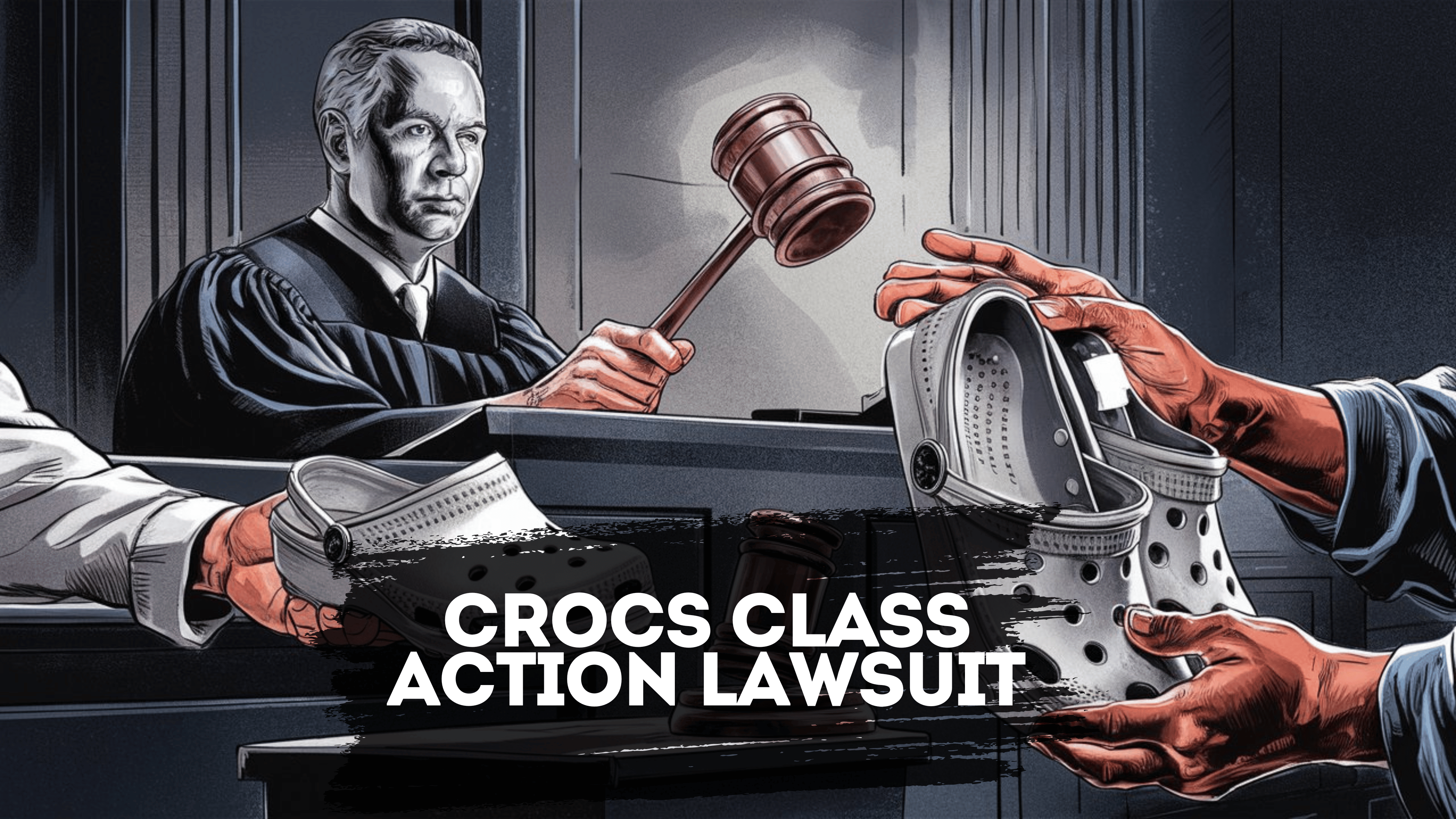In a notable legal development Crocs, the popular footwear brand is facing a class action lawsuit that has gained significant traction. This lawsuit, which alleges that Crocs shoes shrink under typical environmental conditions like heat and water, is moving forward after a federal judge’s recent decision to allow the case to proceed. This case has sparked widespread interest, as it raises important questions about product quality, consumer rights, and corporate accountability.
Background: The Claims Against Crocs
The lawsuit was initiated by two California plaintiffs, Martha Valentine and Ruby Cornejo, who claim that Crocs failed to warn consumers that their shoes could shrink when exposed to heat, sunlight, and water—conditions commonly associated with the brand’s marketed use. According to the plaintiffs, this omission contradicts Crocs’ advertising, which promotes their footwear as durable and suitable for various outdoor activities, including those involving water and sun exposure.
The lawsuit includes several serious allegations against Crocs, such as fraudulent concealment, fraudulent misrepresentation, and breach of express and implied warranties. Essentially, the plaintiffs argue that Crocs knowingly misled customers about the durability and suitability of their products, which has led to widespread dissatisfaction among consumers who expected more from the brand.
Also Read: Kennedy Funding Lawsuit: Allegations and Legal Impacts
Legal Proceedings: Judge Allows the Case to Move Forward
The legal journey of this class action lawsuit has been anything but straightforward. Crocs initially filed motions to dismiss the case, arguing that the plaintiffs did not provide enough specific information to support their claims. However, U.S. District Judge Trina Thompson found that the plaintiffs allegations were sufficiently detailed to move the case forward. Judge Thompson’s ruling emphasizes that the plaintiffs adequately described their reliance on Crocs advertising and representations when purchasing the shoes, making the lawsuit viable under current consumer protection laws.
This ruling is significant as it not only keeps the lawsuit alive but also opens the door for further discovery. Both sides are expected to gather additional evidence, potentially including depositions, to strengthen their cases. This phase of the litigation is crucial, as it could reveal more about Crocs’ internal knowledge of the shoe shrinkage issue and its marketing strategies.
The Implications for Crocs and Consumers
For Crocs, the continuation of this lawsuit represents a substantial legal and reputational challenge. If the plaintiffs succeed Crocs could be required to pay significant compensation to affected customers and possibly revise its marketing practices. Moreover, the case highlights broader issues of corporate transparency and consumer rights particularly in how products are advertised versus how they perform in real-world conditions.
From a consumer perspective, this lawsuit is a critical reminder of the importance of understanding product warranties and the potential for legal recourse when products fail to meet advertised standards. The case also underscores the power of class action lawsuits in holding large corporations accountable for their products.
What’s Next? Possible Outcomes and Industry Impact
As the lawsuit progresses, there are several possible outcomes. The case could go to trial, where a judge or jury would decide the merits of the claims against Crocs. Alternatively, the parties might reach a settlement before the case goes to trial. A settlement could involve Crocs offering refunds, replacements, or other forms of compensation to affected consumers, as well as potential changes to their marketing practices to better reflect the limitations of their products.
The outcome of this lawsuit could also have a ripple effect across the footwear industry and beyond. If Crocs is found liable, other companies might reevaluate their product warranties and marketing strategies to avoid similar legal challenges. This case could set a precedent for how companies must disclose potential product defects and manage consumer expectations.
Also Read: Arias Agencies Lawsuit: Unveiling Allegations of Fraud and Sexual Misconduct
Conclusion: A Case to Watch
The Crocs class action lawsuit is more than just a legal battle over shrinking shoes; it’s a case that touches on essential issues of consumer protection and corporate responsibility. As the case moves forward, it will be important to monitor how it develops and what it means for both Crocs and the broader market. Consumers and businesses alike can learn valuable lessons from the outcome of this case, particularly regarding the importance of transparency and honesty in product marketing.
For now, the lawsuit serves as a reminder that even popular and trusted brands like Crocs are not immune to legal scrutiny when their products do not perform as promised. As the legal proceedings continue, this case will likely remain in the public eye, influencing both consumer behavior and corporate practices in the future.
FAQs
Crocs shoes shrink primarily when exposed to high temperatures and direct sunlight. The Croslite material used in Crocs is sensitive to heat; when temperatures exceed 100°F (38°C), the shoes can begin to shrink. This shrinkage can happen within hours if the shoes are left in direct sunlight or a hot car. The process is accelerated by prolonged exposure to these conditions, making the shoes noticeably smaller and often unwearable.
Yes, Crocs has been involved in other legal actions, though not all have been about product shrinkage. For example, Crocs faced lawsuits related to injuries caused by their shoes getting caught in escalators. In some of these cases, Crocs settled by paying compensation to the affected parties. The outcomes of such cases typically involve financial settlements and, in some instances, changes in product warnings or design adjustments to prevent future incidents.
If the Crocs class action lawsuit is successful, affected consumers might receive compensation in the form of refunds for the purchase price of the shoes, replacement pairs, or possibly even additional damages depending on the extent of their losses or inconvenience. The exact amount or type of compensation would likely be determined through a settlement agreement or a court ruling, with the potential for a fund to be established to handle claims from affected customers.














Leave a Reply